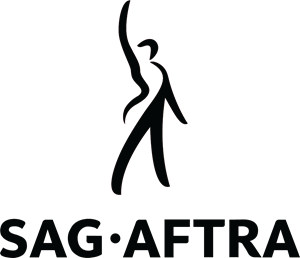

SAG-AFTRA
The Screen Actors Guild-America Federation of Television and Radio Artists (SAG-AFTRA), founded in March 30, 2012, is a American labor union that reflects a merger between SAG (Screen Actors Guild) and AFTRA (American Federation of Television and Radio Artists).
The organization represents around 1,60,000 actors, announcers, broadcast journalists, dancers, DJs, news writers, news editors, and other media professionals.
The SAG-AFTRA Strike
SAG members were fighting for better pay and working conditions as they faced a labor landscape transformation due to streaming and artificial intelligence.
With streaming services like Netflix, Hotstar/ Disney+, Hulu the culture surrounding television and movie-watching along with the nature of how the actors are paid has changed. And the wages and residuals are having difficulties to keep up with the inflation.
Adding to this, the unregulated use of AI, which could be used to reproduce an actor's likeness or performance and also its ability to write scripts, generate videos and images; has also been the center of attention.
All these problems were taken up for discussion with the AMPTP (which basically represents all the streaming services or big productions). After the AMPTP were refusing to budge and make any changes, SAG members decided to go on a strike.
This strike lasted for months, until a few months ago (in November 2023) SAG-AFTRA and AMPTP came to an agreement and the strike finally ended.
Impact on Hollywood
This strike left a lasting impact on both productions and the viewers. Many of the films and TV sets were shut down, pushing back release dates for new movies and TV shows. Even some of the Late night talk shows were put on halt. Actors were not allowed to promote the projects they worked on, i.e; they were not even allowed to attend premiers, press junkers, interviews or similar events. However, news programs were unaffected by the strike.
We also saw a dip in quality of scripts of movies as more and more writers went on strike. Less and less people were interested in watching new movies in theater which hurt the wallets of both big and small productions.
My views
The SAG-AFTRA strike was not solely about financial compensation but also about addressing the industry's changing landscape, mainly due to the use of AI. I think that this strike was inevitable and needed to happen to wake up the industry.
We were seeing this impact of AI in the quality of movies and shows produced in the past few years. Almost every high budget "blockbuster" movie since past year was a flop or a major let-down. As movies started incorporating AI more and more, they lost what the made movies and shows so good, the human touch and how we related to the characters. Movies felt like they played it safe and had a "textbook" script. This was due to more and more writers going on the strike.
Due to the financial compensation we were also seeing the screen writers and other media professionals burn-out and crunch times were at all time high. It is human nature to loose motivation and purpose under such unhealthy working conditions.
All things considered, I think this strike happened for the better. I just hope that the industry giants like Disney, Pixar, Netflix learnt something from this strike and understand what made movies in 2010's so good. Writers, screen writers, animators, CGI artists play a key role in the production of a movie. Their creativity make movies fun and exciting. These people just cannot be replaced by an artificial intelligence.
Conclusion
Lastly, I am a big fan of cinema and as many people, I just want studios to produce good quality movies and TV shows. Making good quality content is just a win-win situation for both parties, the viewers have a good time watching and it reflects as the studios get more income in the box office.
Nice blog👍
ReplyDeleteNice topic.. great blog..
ReplyDeleteGood, nice topic 👍🏻
ReplyDeleteGood views..well explained💯
ReplyDelete